
What Is Fleece Fabric & How Sustainable Is It?
In some areas of the world, we’re starting to cozy up for winter in sustainable blankets which may have us wondering about one thing—but what is fleece fabric?
For starters, fleece is one of the most popular (and comfortable) fabrics around and winter would be a real bummer without it.
But as the world is becoming increasingly aware of areas we can improve in to help save our planet, fleece is on the receiving end of some (warranted) flack for its petrochemical beginnings.
So is fleece bad for the environment? Or can sustainable fleece find a place in our sustainable fashion favorites?
Join us as we suss out one of the key players in a sustainable winter wardrobe, and uncover what is fleece material and how sustainable it is (or isn’t).
1. What Is Fleece Made Of?
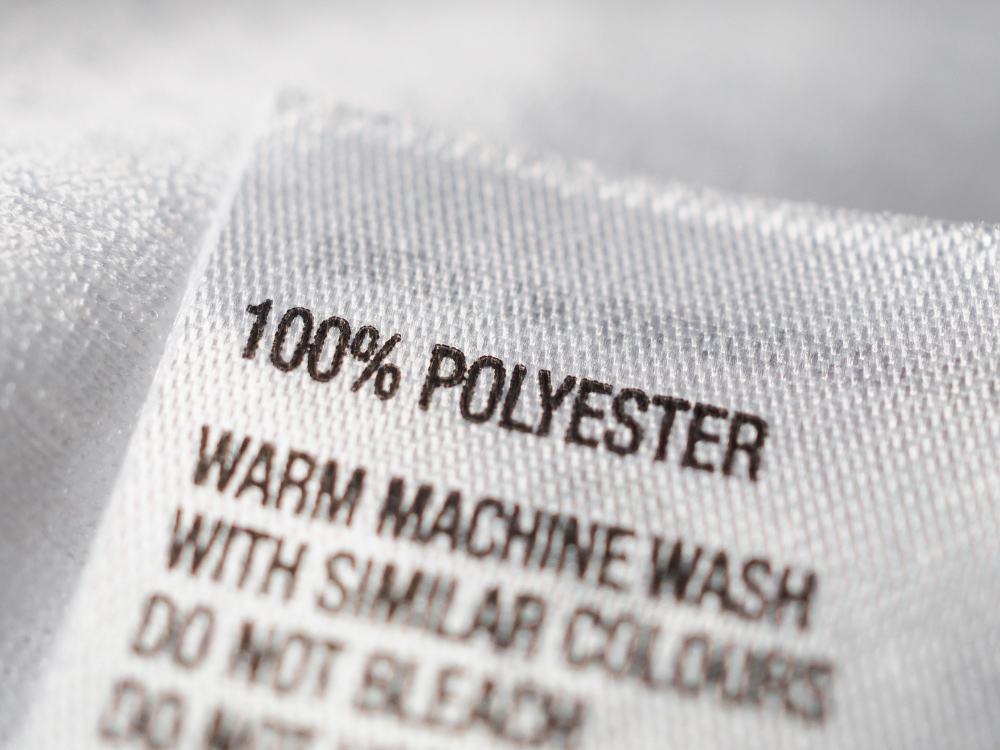
First things first: what material is fleece exactly? Is fleece a natural fiber?
Not so much.
Many people who think of fleece are quick to assume that it’s made of sheep’s wool (and it is meant to mimic that, well, fleecey feel).
In fact, the word ‘fleece’ was originally used to describe sheepskin (hence the Golden Fleece of Greek mythology).
However, in the modern era, the fleece definition is 100% synthetic and generally created using petroleum-derived polyester—the #1 type of plastic polyethylene terephthalate (PET), to be exact.
Is Fleece Polyester?
Yes. It’s the exact same stuff as most single use plastic bottles, which is why most recycled fleece fabric is a polyester made from recycled plastic bottles.
So is fleece synthetic?
Yes, unless we’re talking organic cotton fleece, but does that mean it can’t be sustainable?
2. What Is Fleece Fabric Used For?
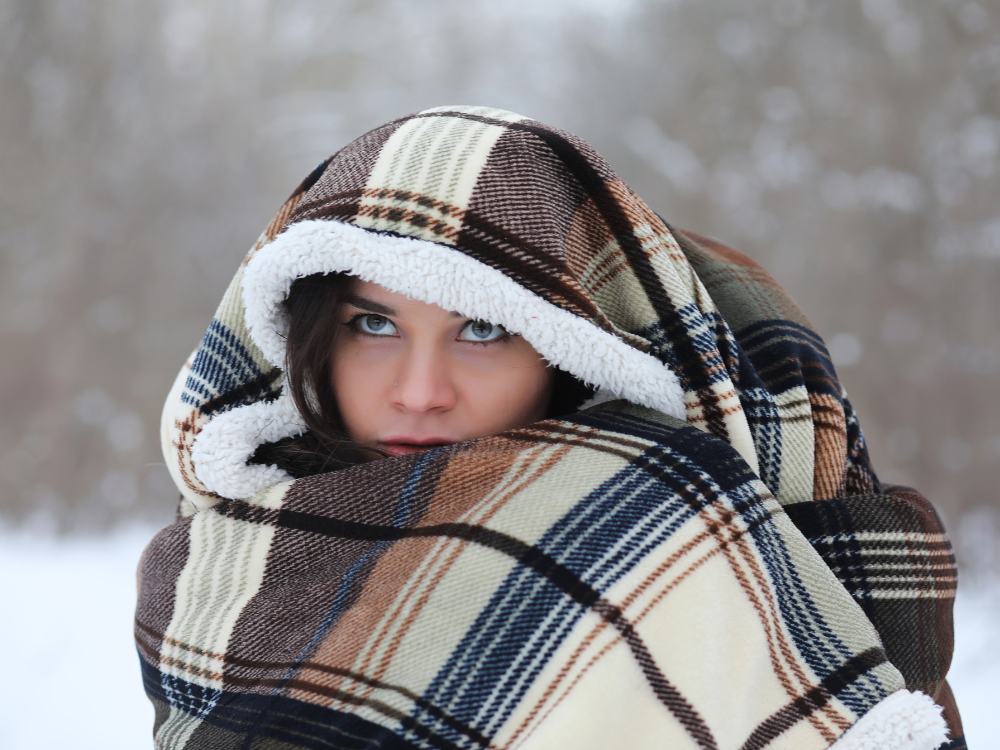
What kind of fabric is fleece?
Why, anything cozy, really!
If it’s designed to be soft, snug, and insulating, chances are there will be some fleece involved.
Specifically, you’ll find fleece in winter sports jackets (often as a liner for those with a more weather resistant exterior), sweaters, thermal base layers, sustainable sweatpants, and winter accessories (like fair trade scarves, vegan gloves, and sustainable hats), and blankets.
Speaking of blankets, fleece is actually just a blanket term for the many different types of similar fabric, all of which are made with slightly different types of fibers and used in different ways.
Let’s touch on each of the types of fleece (literally and proverbially).
What Is Polar Fleece Fabric?
Polar fleece fabric is generally what we think of when we think of “fleece.” It’s breathable, soft, durable, and easy to care for.
Polar fleece fabric is designed to keep you exceptionally warm, which it accomplishes by incorporating air pockets between the polyester fibers that help to trap your body heat and keep you nice and toasty when you’re skiing or out for a winter walk.
It’s commonly found in sustainable outdoor clothing for cold-weather adventures.
What Is Sherpa Fleece Fabric?
If you’re thinking puffy and fluffy, you’re thinking sherpa fleece, or blizzard fleece.
Often referred to as a “high pile” fleece, this thick fabric resembles wool more than standard fleece.
Patagonia may have named any of their sherpa fleece fabrics “woolyester fleece”, but it’s still counted among synthetic fabrics.
This stuff will keep you warm and, as such, it’s commonly found as a lining in sustainable coats.
What Is Berber Fleece?
If you’ve ever seen fleece that appears to be nubby, you’re likely looking at berber fleece (no, it has nothing to do with Berbers from North Africa).
Berber fleece was designed with a fur-like texture to keep you warm and insulated without packing on a lot of extra weight.
Excellent for high-performance athletic garments berber fleece helps to wick moisture away and is commonly found in coat liners, vests, socks, sustainable beanies, and other wintertime apparel.
What Is French Terry Fleece?
French terry fleece is a light fabric.
Unlike other types of fleece, it’s not fluffy and instead looks woven. It’s also absorbent and repels moisture. In terms of thickness, it’s somewhere between a t-shirt and a sustainable sweatshirt.
The sustainability of varies. It’s not made of 100% polyester fibers as most other fleece types, but is instead typically made of a rayon fabric and polyester or polyester and spandex blend.
New sustainable alternatives, however, manage to mimic the French Terry feel using a number of different blends of organic cotton, soy, and bamboo.
What Is Coral Fleece?
Coral fleece, sometimes called raschel fleece, is another high pile fleece that’s not quite as puffy as sherpa fleece but not as tight-knit as french terry fleece.
It looks similar to polar fleece fabric, but is fuzzier.
In fact, it’s almost like a silky faux fur. What is coral fleece made of to achieve this? The same PET as regular polar fleece.
Coral fleece is very soft and generally ends up in more expensive fleece jackets, shirts, blankets, and baby items. It’s great because it doesn’t pill like other fleece (which we’ll define just shortly under the disadvantages of fleece).
What Is Microfleece Fabric?
Microfleece is like the fabric’s favorite daughter, the ‘special’ type of fleece. If you’re comparing fleece vs microfleece, the latter is the thinnest and lightest option.
Micro fleece is the classification fleece receives when it weighs 200 grams per square meter (gsm), or less.
It’s commonly found in sweaters, shirts, lightweight jackets, throw blankets, and bathrobes. It may not be as warm as other types of fleece, but micro fleece is one of the best options in terms of breathability, which is also commonly found in outdoor sports pullovers and base layers too.
3. How Is Fleece Made?
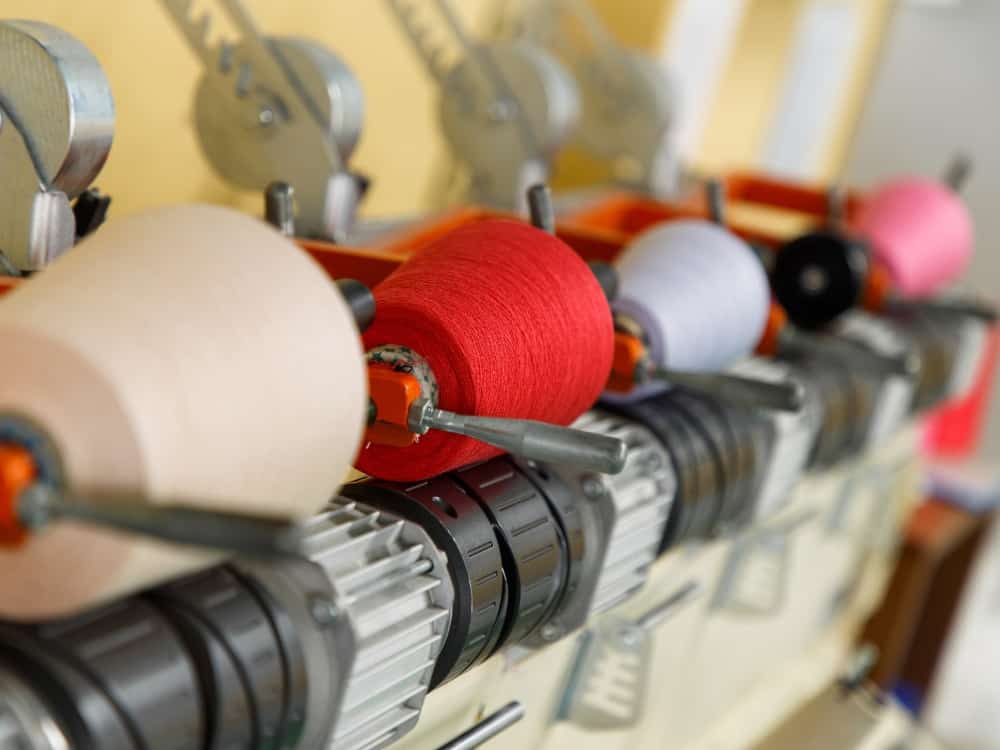
The process of making polyester fleece can vary depending on the type of fiber used, but here’s the most common type of fleece made of polyester.
- Extrusion: Polyester pellets are melted down to form a viscous liquid.
- Spinning: The molten polyester is forced through tiny holes in a spinneret to create long, thin filaments.
- Cooling: The filaments are rapidly cooled and solidified, creating a network of fine fibers.
- Crimping: These fibers are crimped or texturized to give them a fluffy, soft texture.
- Bonding: The fibers are bonded together through heat and pressure to form a fabric. This bonding process can be done through methods like needle punching or through the use of adhesives.
- Finishing: The fabric is finished by cutting, shearing, and sometimes brushing the surface to create the characteristic softness of fleece.
4. Is Fleece Sustainable?
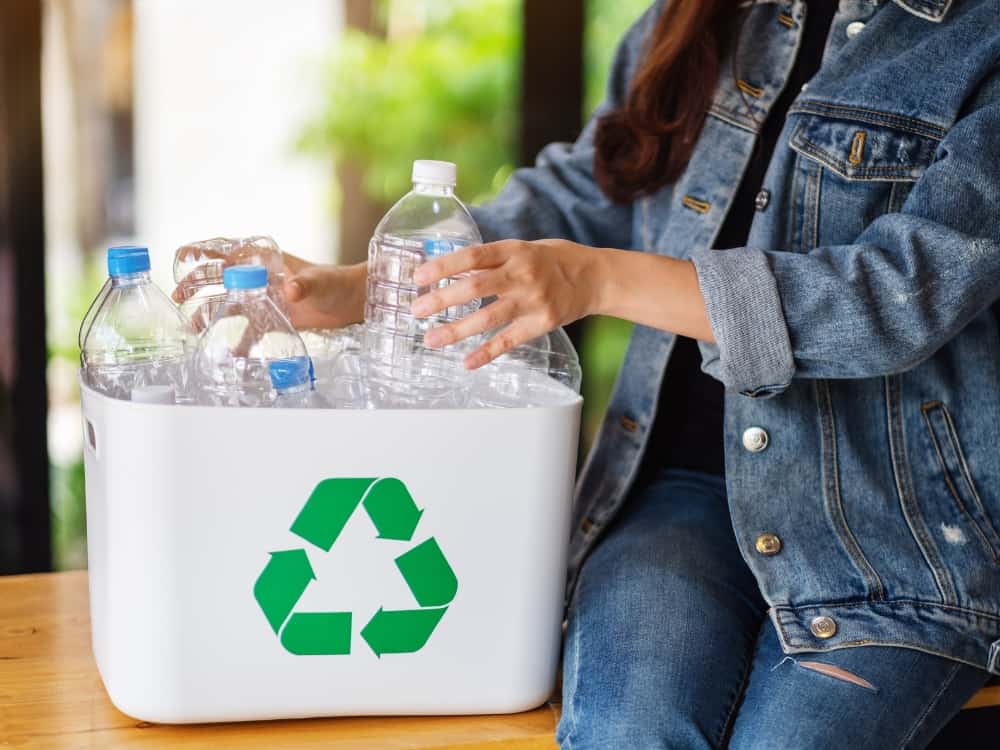
Now the million fiber question: is fleece eco-friendly and sustainable?
Chances are, if you’re buying fleece, it was probably made using non-renewable resources. Many times, it’s also coated in a chemical material to keep it water-resistant and windproof, too.
Yikes.
Off the bat, fleece doesn’t sound that sustainable, does it?
It may be generally made of plastic (aka petroleum) but that doesn’t mean that all fleece is an environmental faux pas. You can still stay warm this winter—without wrecking the planet.
But what is eco fleece, and how have we managed to turn something so unsustainable into a more environmentally friendly fleece?
Surprisingly, the fact that fleece is made of polyester (plastic) can actually be a good thing for momma earth, provided it’s sourced responsibly. You see, fleece may be made of plastic, but it doesn’t have to be NEW plastic.
Remember how we mentioned it’s the same thing as plastic bottles?
Recently, recycled fleece fabrics have actually been making fleece from recycled plastics like recycled plastic bottles This reduces landfill waste, decreases virgin petroleum mining, AND makes for a more affordable product.
Other versions of eco-friendly fleece include those french terry fleece blends made from bamboo fabric or organically-grown cotton fleece fabric blends.
And let’s not forget the most sustainable version of fleece: pre-loved recycled fleece fabric!
Looking to buy that cozy fleece jacket?
Look for a secondhand one at one of the many great online second hand stores (yes you CAN stay sustainable while still staying home!)
If you do buy new, just be sure to buy one that you’ll wear for decades to come.
5. Advantages & Disadvantages Of Fleece
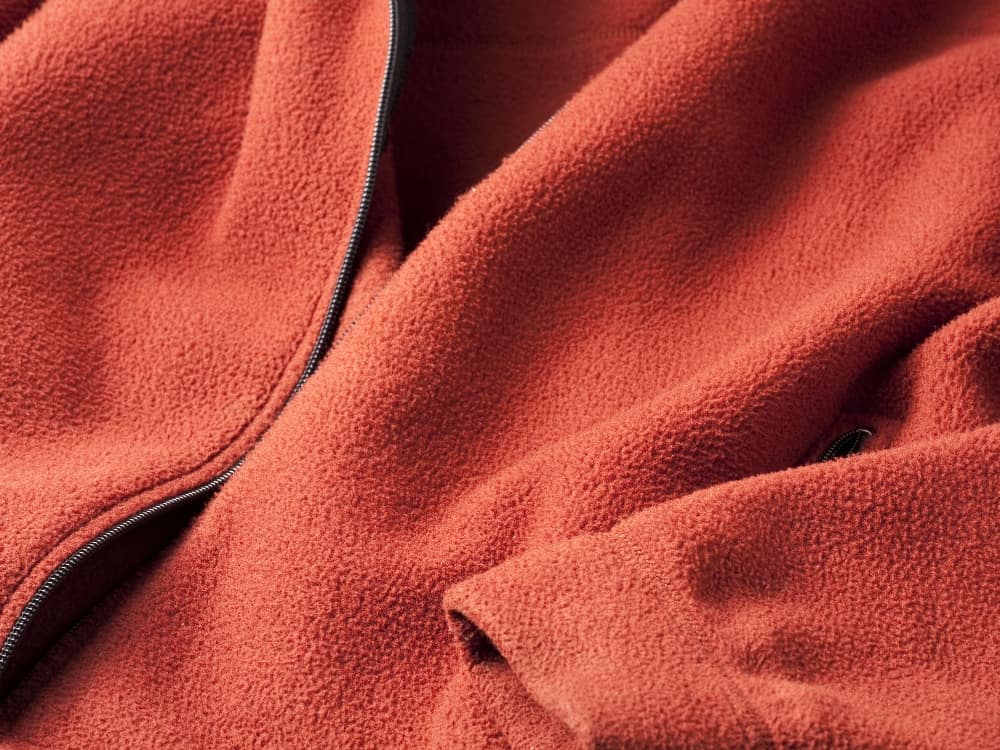
Advantages Of Fleece Fabric
Is fleece warm?
Yes, fleece is soft and warm and definitely one of the most common choices for staying toasty in winter.
Its ability to keep us warm (second only to wool, but, advantageously, fleece is vegan) is its greatest asset, which is why it’s one of the more sought after winter fabrics.
Its unmatched comfort and plushness is a close second in the Pro column. Imagine the texture of yarn with the softness of cotton and you’ve got fleece.
But you may start to get a little sweaty under those fleece layers, because while fleece is moisture-wicking to an extent, it’s not as effective at it as other performance weaves of polyester. Nor is fleece as breathable.
From a sustainability perspective, fleece is incredibly durable, it can withstand many cold winter seasons and if manufactured using 100% recycled materials, it really can be an eco-friendly clothing choice.
Disadvantages Of Fleece Fabric
Recap: is fleece plastic?
Traditionally, yes—though we are seeing more fleecy-woven organic cotton in sustainable loungewear circles.
Still, fleece is traditionally not sustainable. While it’s possible to make fleece out of fully recycled PET, companies doing so are still vastly outnumbered by those that aren’t.
And (recycled or not) the simple fact with synthetic fabrics is that they don’t biodegrade. Period. This makes it all the more important to temper our fleece consumption and be extra mindful about its end of life outcome.
They’ve also been associated with microplastics in our waterways. Each time a fleece garment is washed, it can release up to 1,900 bits of plastic into water ecosystems.
However, these can be avoided by using a microplastic catching wash bag like the Guppy Friend.
Despite its durability, fleece is also prone to pilling, meaning those annoying little balls on the fabric’s surface will eventually turn up. They not only make a garment look dingy, but can eventually lead to wearing through.
While fleece does a superb job at keeping wearers warm—sometimes too warm. Fleece is highly flammable (it’s oil!).
As such, many countries require it be treated with chemical flame retardants that aren’t great for the environment (or our bodies). Lose, lose.
But is fleece toxic?
Possible—especially cheap fleece fabric that doesn’t have sustainability certifications noting it’s been tested for toxic substances like BPAs.
Anything made from plastic could technically contain bisphenol-A, which has been linked to all sorts of reproductive and other health disorders. Fortunately, most eco fleece companies, like Patagonia and LL Bean, claim it is BPA free but always worth a check if you’re buying from an unknown brand.
6. How To Care For Fleece
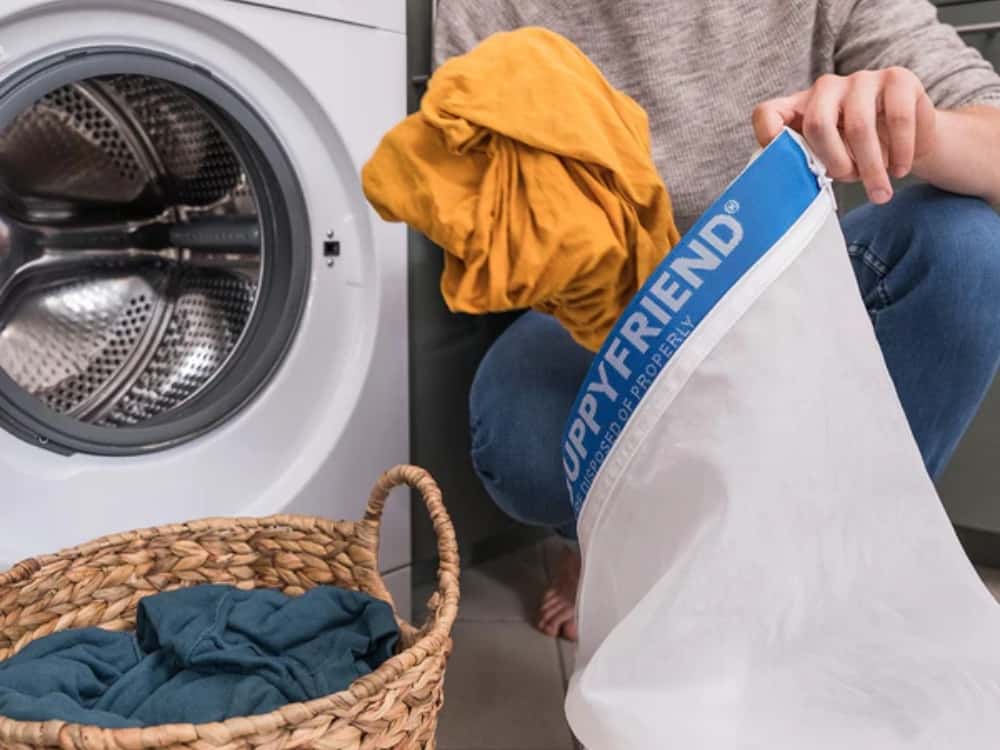
Fleece may be durable when wearing during your favorite winter adventure, but, without proper care, it can be damaged easily.
When it comes to how to wash fleece clothing, just bear in mind that friction and heat are not good for fleece.
Wash your favorite fleece pullover in a Guppy Friend in cold water, avoiding bleach and fabric softener. To reduce static, try some fabric softener alternatives instead.
If you must dry, use the lowest setting. Even though the answer to the question, “Does fleece shrink?” is no, it can melt.
Knowing that, can you iron fleece?
If a dryer presents risk to fleece, imagine what using a clothing iron will do.
7. Fleece Vs Other Fabrics
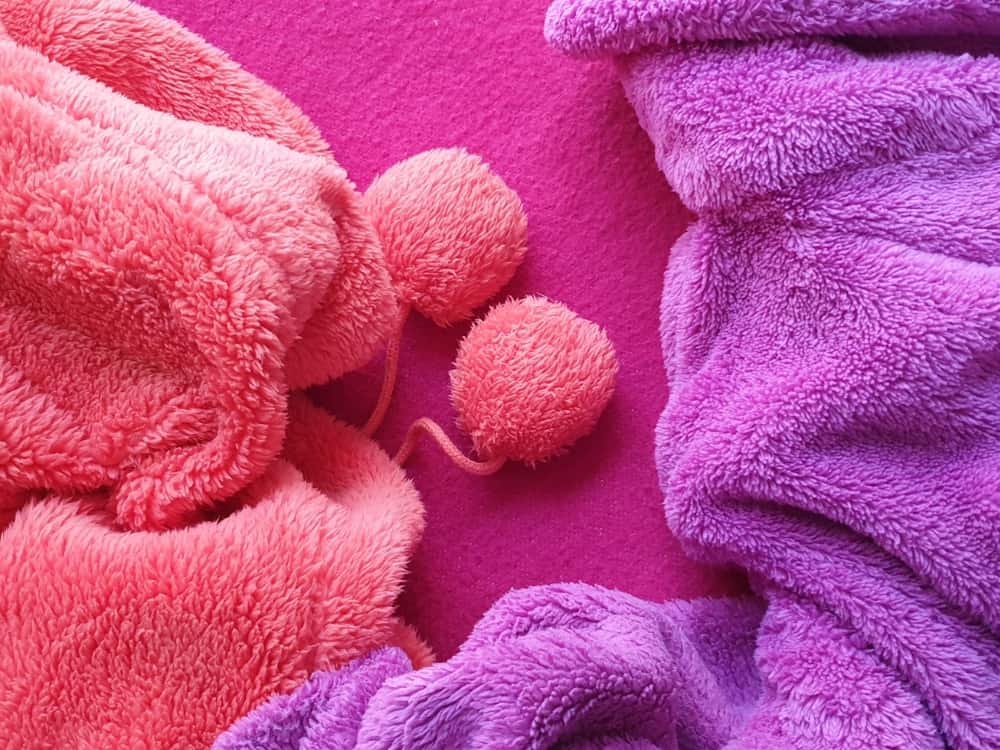
Fleece Vs Flannel
What’s the difference between fleece and flannel?
Both vegan fabrics are found in plaid shirts, they’re relatively similar.
However, flannel is more commonly made of natural fibers like cotton, while usually, fleece is plastic.
Fleece garments do not shrink and is better at retaining heat, while flannel is prone to shrinking and excels at providing more breathable warmth.
Fleece Vs Wool
Fleece and wool are very similar, both providing that soft and fuzzy feel.
The main difference would be that wool is a natural fiber that comes from animals (thus not vegan), whereas fleece is vegan and made of synthetic fibers.
Wool is compostable and a better insulator, but is generally more expensive.
8. Brands Using Recycled Fleece Fabric

A bunch of brands have started bundling up with sustainable fleece, especially when it comes to sustainable sweaters and other warm clothes.
In fact, outdoor brand Patagonia began using recycled fleece fabric wayyyyy back in 1993 (before eco-friendly was even cool!).
Today, all their polyester fleece is recycled, from their sweater-mimicking Better Sweater fleece line to their ultra classic and colorful Synchilla fleece collection.
They’ve since been joined by a number of other companies, including some of our favorite ethical clothing brands:
Be on the lookout for any brand that uses Polartec® fleece.
This supplier of fleece fabric has been increasing the amount of recycled material in their fleece for years and recently committed to 100% recycled material across all types of fleece they manufacture.
Final Thoughts On How To Define Fleece
A few last words before you zip up.
Does fleece keep you warm?
Sure, but because polyester fleece is made from plastic, it can also contribute to warming the planet.
The winter months always present a unique challenge when it comes to staying cozy. You want to be warm and dry — while also looking cool (in an eco-friendly way, of course).
Fleece has been the go-to fabric for cozy comfort.
But even our favorite clothes will eventually become too holy—and when they do, they sometimes end up polluting our environment.
Fortunately, many brands are now using recycled plastics and organic natural fibers to make fleece a more sustainable fabric.
Don’t fleece yourself or your friends out of a greener future. Share this article to encourage others to wrap themselves in recycled warmth instead of virgin plastic.
Pin these:
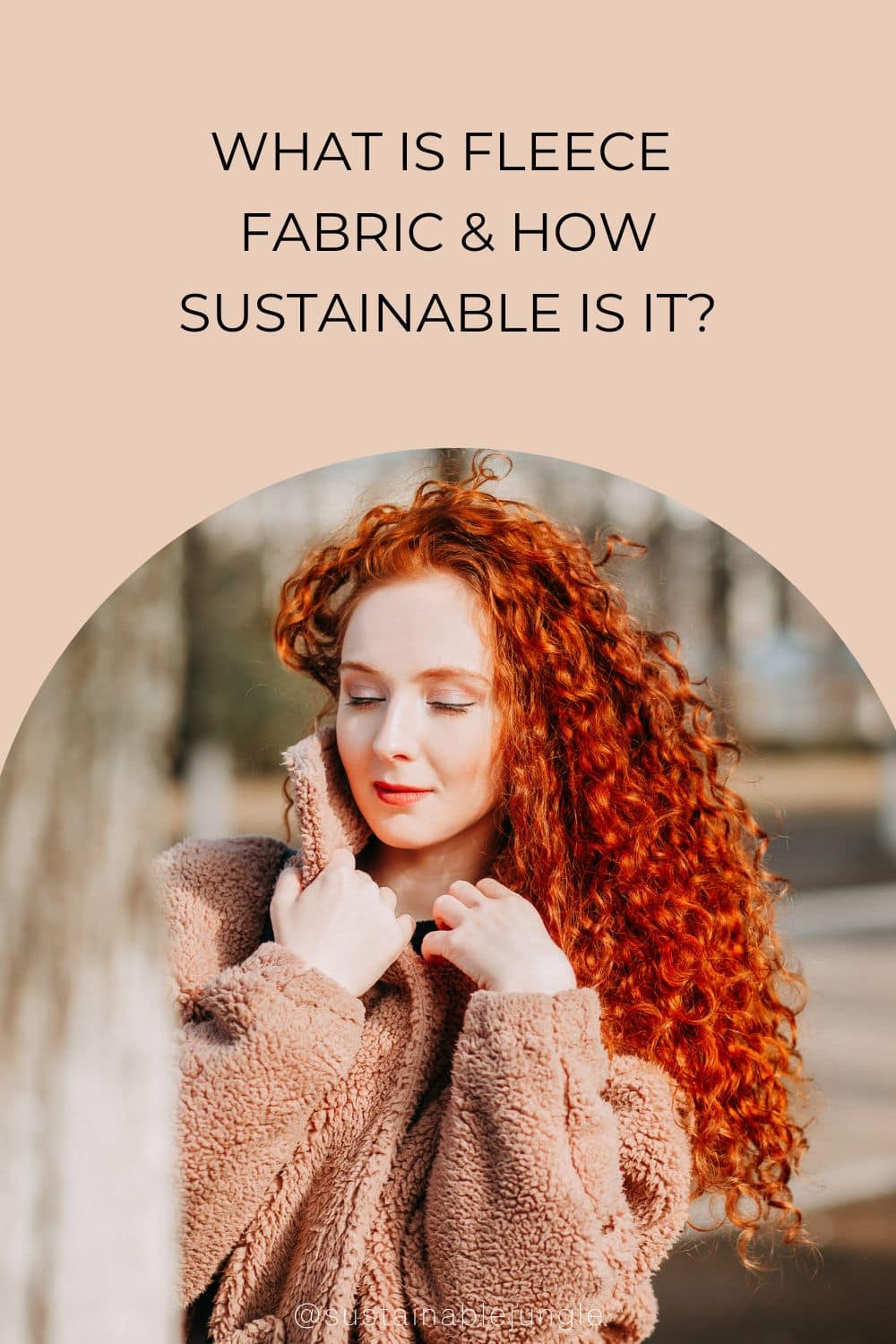
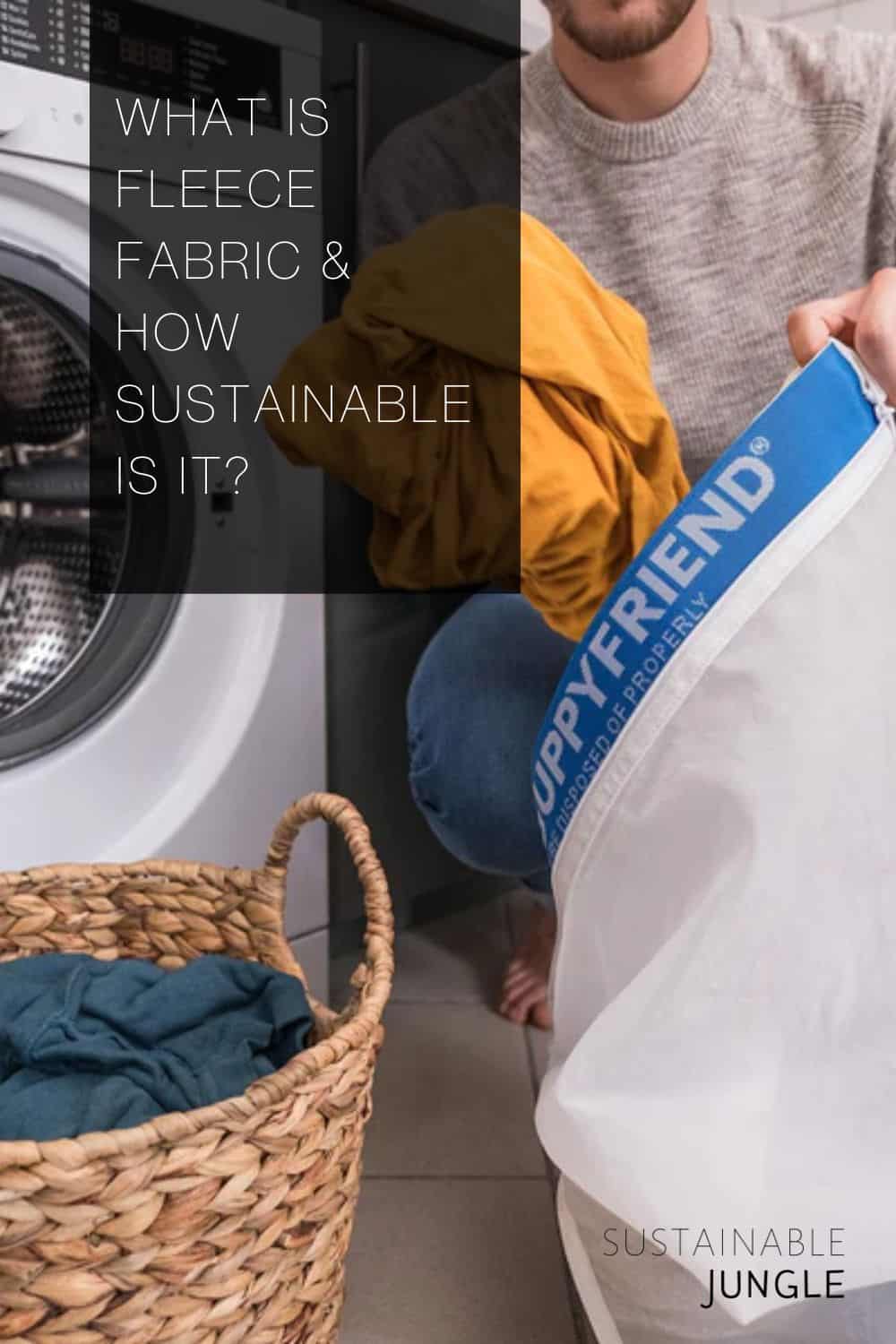

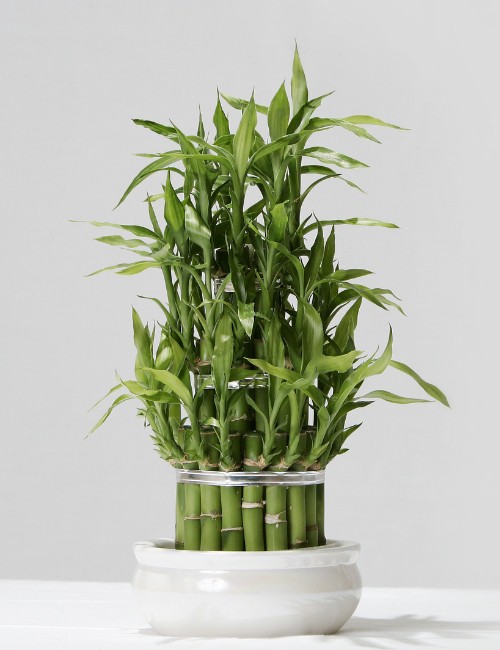
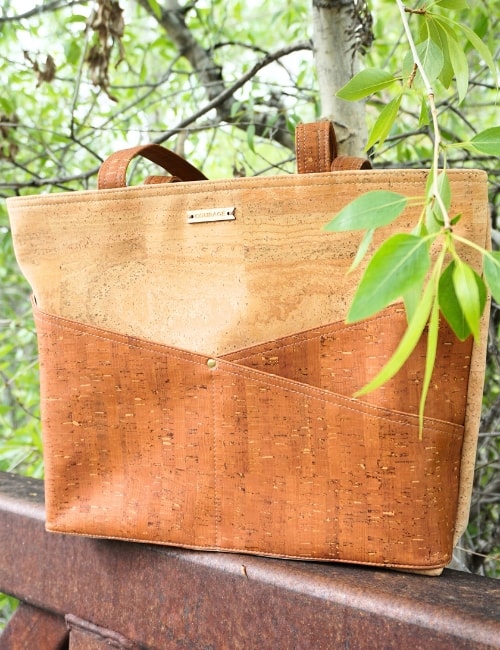
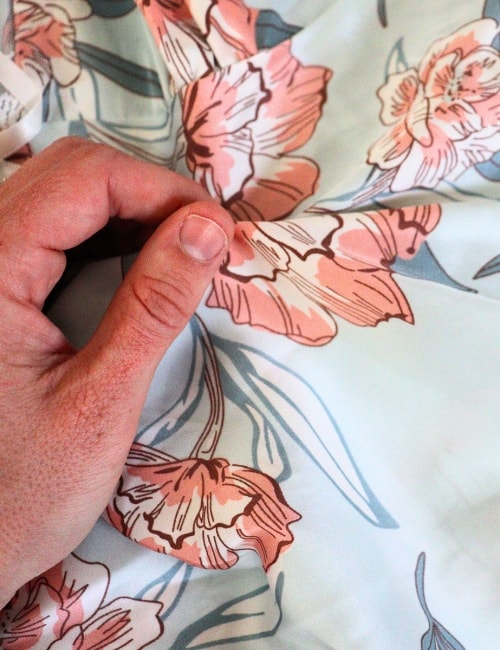
Hi, I’m looking for some Sherpa fleece fabric that is eco friendly with a view to making items for babies and toddlers. Looked everywhere on-line but can’t seem to find any? Can you recommend any fabric suppliers that sell such a thing? Many thanks.